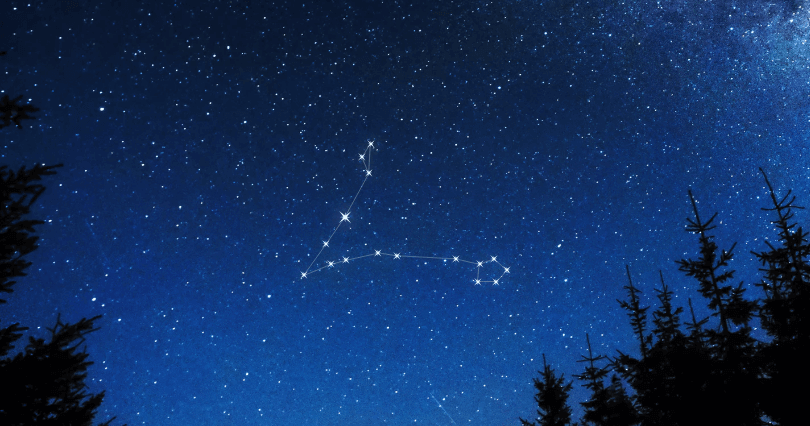Pisces Constellation

Pisces constellation is one of the largest northern sky constellations, located on the ecliptic. Its name is Latin for ‘the fish’ and it was first introduced by Greek astronomer Ptolemy in the 2nd century CE. The constellation could be easily spotted from both hemispheres during culmination in September and October. Pisces is located between Triangle, Pegasus, Aquarius and Aries constellations and is a member of the Zodiac family of constellations.
When it comes to mythology, Pisces appears in the story of Aphrodite the goddess and her son Eros. The symbol of this constellation is ♓, and the constellation is now officially recognized and listed as one of the 88 modern times known constellations – a list created by the International Astronomical Union.
How to find Pisces constellation in the night sky?
Pisces is the 14th constellation in size, and it is set in the first quadrant of the northern hemisphere. The constellation could be seen from both hemispheres at latitudes between +90° and -65°. The neighborhood constellations are Andromeda, Aquarius, Aries, Cetus, Pegasus, and Triangulum.
Pisces constellation is a member of the Zodiac family of constellations along with Aries, Taurus, Gemini, Cancer, Leo, Virgo, Libra, Scorpius, Sagittarius, Capricornus, and Aquarius.
Major stars in Pisces constellation
Pisces contains ten stars with confirmed planets. There is only one Messier object linked to it – Messier 74, and only one meteor shower associated with this constellation – the Piscids. The brightest star of this constellation has a magnitude of 3.0 and is known as Eta Piscium.
Pisces constellation is home of several deep-sky objects, and among them are the spiral galaxy Messier 74 (NGC 628), the Pisces Dwarf galaxy, the double radio galaxy 3C 31, and many others.
The Vernal equinox is the point at which the Sun moves to the northern hemisphere across the equator is now located in Pisces constellation. Equinox is happening every year.
Mythology of the Pisces Constellation
Pisces constellation was first spotted by famous astronomer Ptolemy in the 2nd century but was known to many other cultures and civilizations long before that. In ancient Greece, Pisces is associated with the tail of goddess Aphrodite and her son Eros. Gaia sent the monster Typhon to defeat the Olympian gods, and Pan alerted Zeus and other Gods of that. He transformed into a goat-fish and swam the river of Euphrates to escape the monster. This fish is represented by neighbourhood constellation Capricornus. Eros and Aphrodite asked the water nymphs for help and jumped into the water. The fish came to their rescue and Aphrodite honoured the fish for its service by placing its image among the sky as a constellation. Another version of this story says that mother and son transformed into two fish so they could hide from the hideous monster.
This constellation was well known to the Babylonians and they saw it as a pair of fish joined by a cord. They link the Pisces constellation with the Roman myth of Cupid and Venus who transformed into fish to escape the monster Typhon. Before they did that, they tied themselves with a rope and it is believed that the Alpha star of this constellation is the knot of the rope, because this is how its traditional name could be translated from Arabic.


